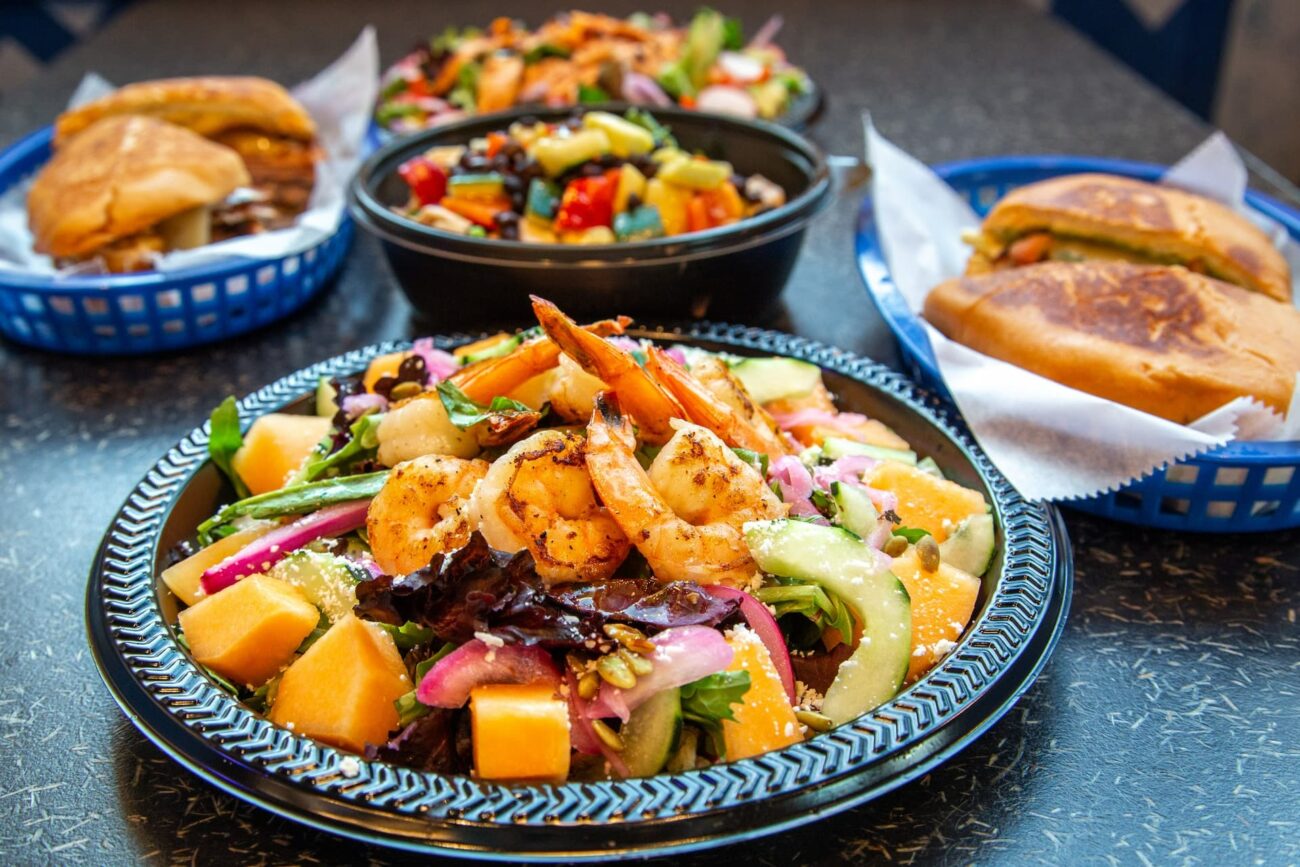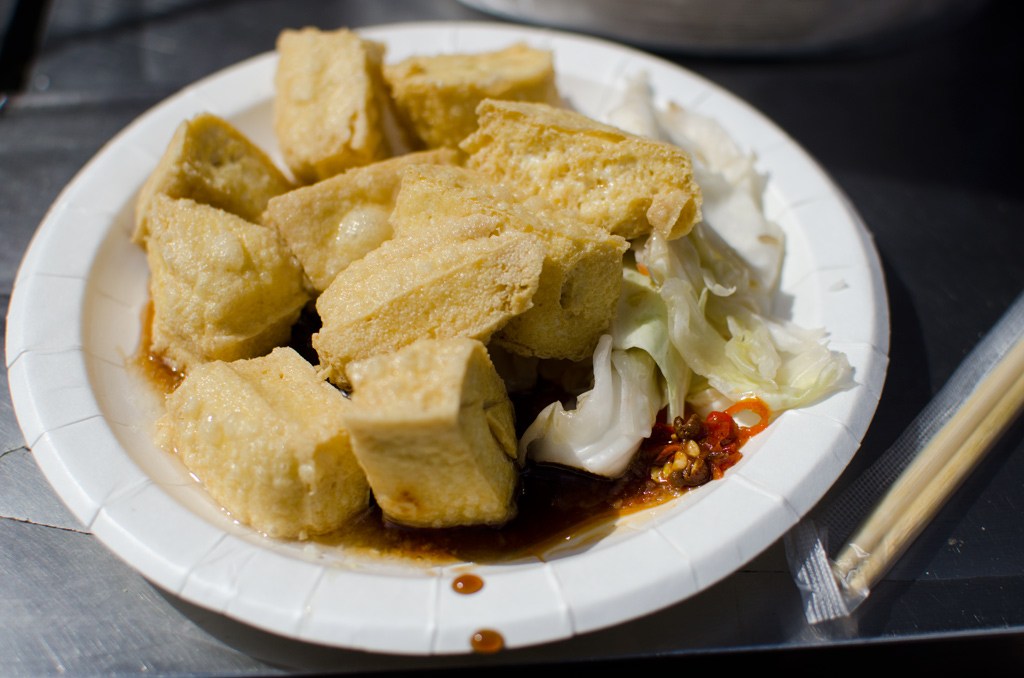Tourist trap restaurants thrive on location, not loyalty. But two blocks away from any major attraction, survival depends on something different: keeping locals happy. This simple geographical shift unlocks what sociologists call “third places” — those vital social spaces beyond home and work where communities actually gather, eat, and connect.
The Third Place Rule works because rent economics tells the real story. Prime tourist real estate demands high-volume, one-time visitors willing to pay inflated prices for mediocre food. Move just far enough away, and restaurants must win over discerning neighborhood regulars who’ll notice if the quality slips or prices creep too high.
These establishments become extensions of daily life for locals rather than destinations for spectacle. The business model shifts from maximizing tourist turnover to building genuine community loyalty through consistent value and authentic experiences.
Spotting Authentic Third Places
True third places reveal themselves through unmistakable community markers that no algorithm can replicate.
Look for these indicators of genuine local establishments:
- Local language dominance — Menus, conversations, and chalkboard specials in the native tongue, not tourist-friendly English
- Lived-in atmosphere — Practical decor, people dining alone while reading, worn furniture that prioritizes comfort over Instagram appeal
- Regular customer dynamics — Staff greeting familiar faces, multi-generational families eating together, office workers claiming their usual tables
- Unpretentious accessibility — No reservations required, no dress code implied, no special occasion necessary
Ray Oldenburg coined the “third place” concept in his influential work “The Great Good Place” to describe these democratic social anchors that foster genuine community connection. Unlike tourist-focused venues designed for spectacle and photos, authentic third places function as neighborhood living rooms where conversation and belonging matter more than presentation.
The algorithm-driven restaurant discovery that dominates travel apps actively works against this principle. Those highly-rated spots near attractions earned fame by courting visitors, not by building local trust through consistent value and quality over time.
Cities worldwide still host such spaces — iconic American diners, Parisian cafés, English pubs, family trattorias in Italy. Each serves the same fundamental role within their community’s daily rhythms, becoming vital semi-public living rooms rather than photo opportunities.
Next time you arrive somewhere new, resist the urge to eat within sight of the main cathedral, museum, or landmark. Walk two blocks in any direction, then look for the place where locals outnumber cameras. Your stomach will thank you for following the locals instead of the algorithms.

















